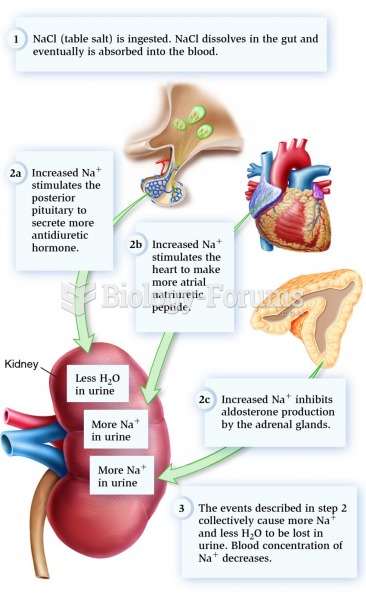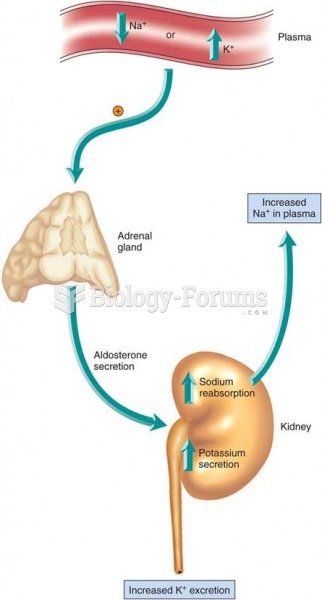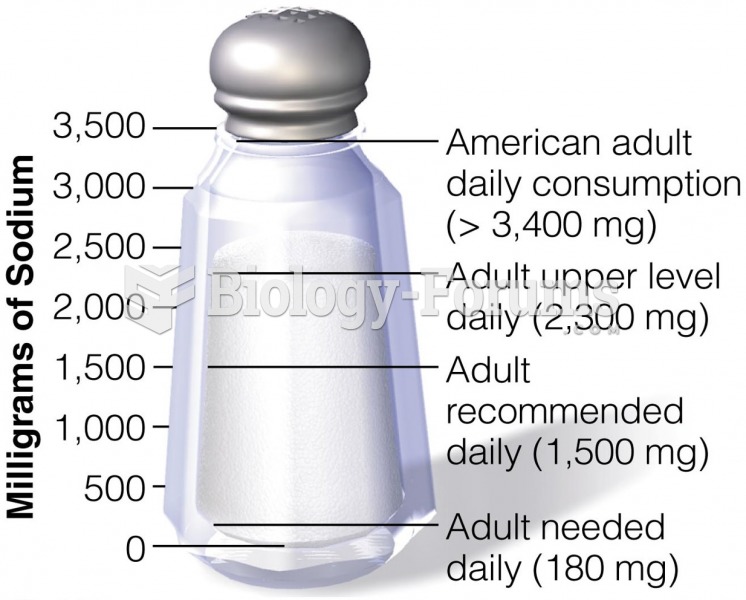|
|
|
Many supplement containers do not even contain what their labels say. There are many documented reports of products containing much less, or more, that what is listed on their labels. They may also contain undisclosed prescription drugs and even contaminants.
Human kidneys will clean about 1 million gallons of blood in an average lifetime.
In 1844, Charles Goodyear obtained the first patent for a rubber condom.
Blood in the urine can be a sign of a kidney stone, glomerulonephritis, or other kidney problems.
Most strokes are caused when blood clots move to a blood vessel in the brain and block blood flow to that area. Thrombolytic therapy can be used to dissolve the clot quickly. If given within 3 hours of the first stroke symptoms, this therapy can help limit stroke damage and disability.







